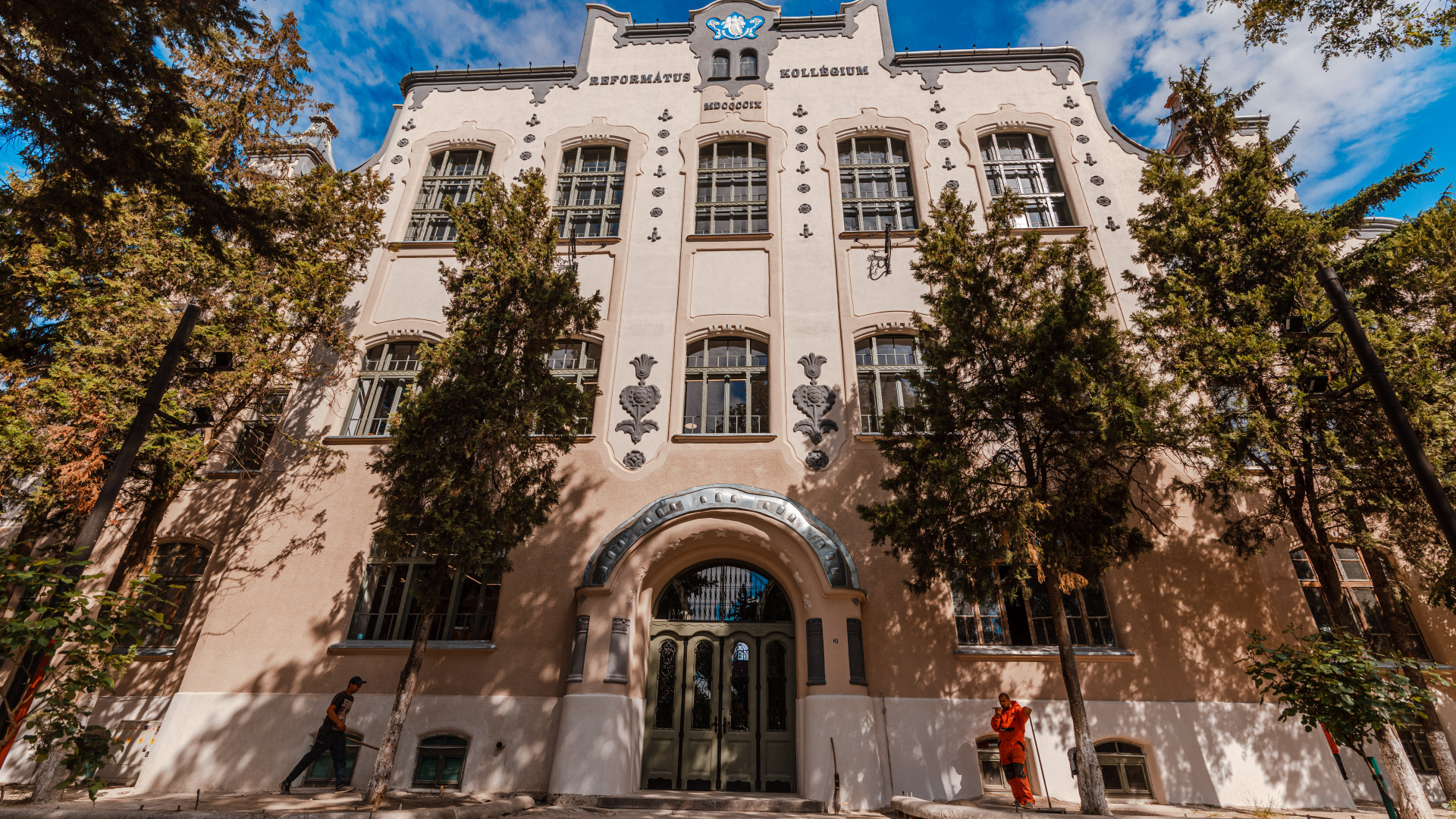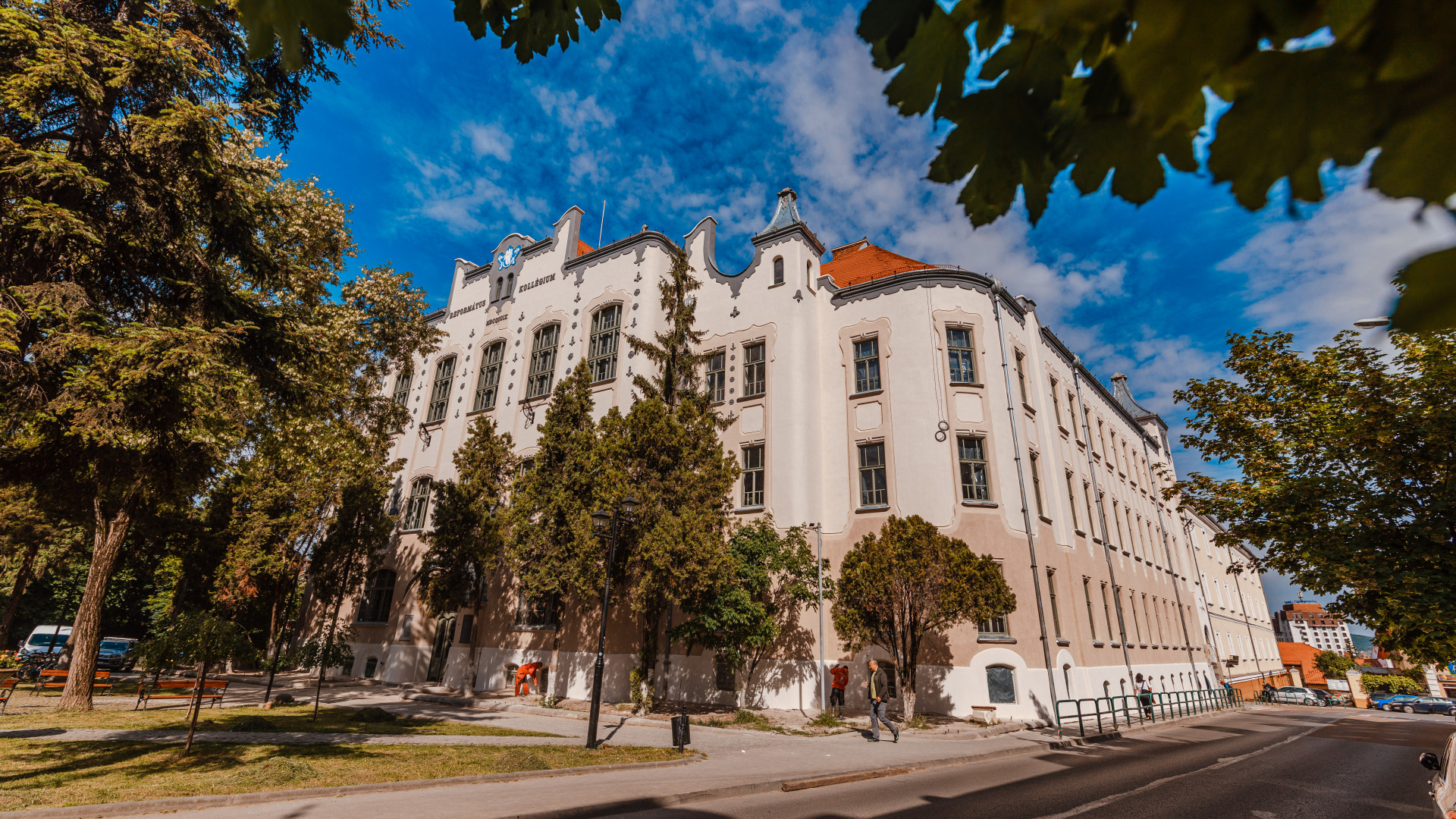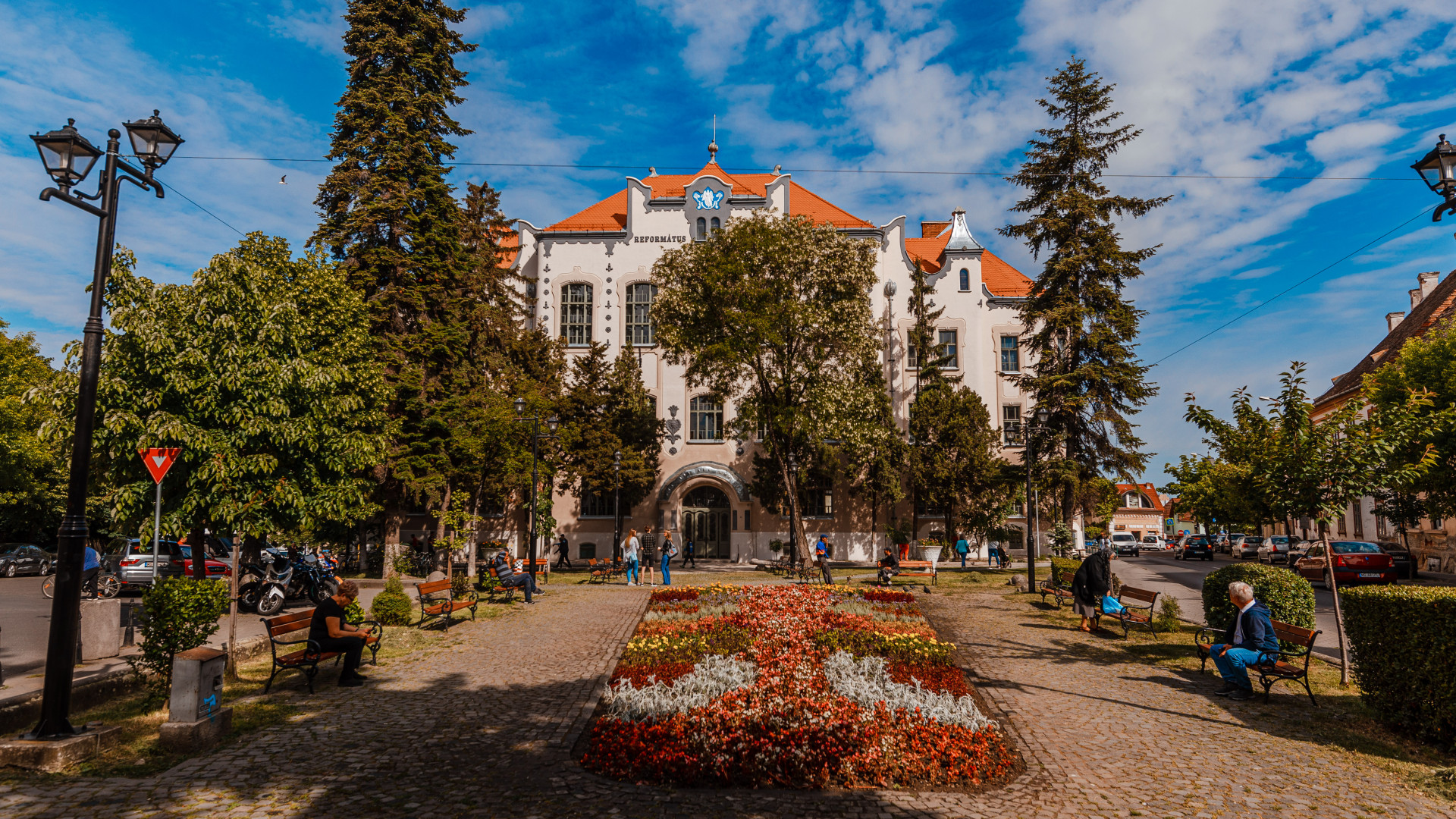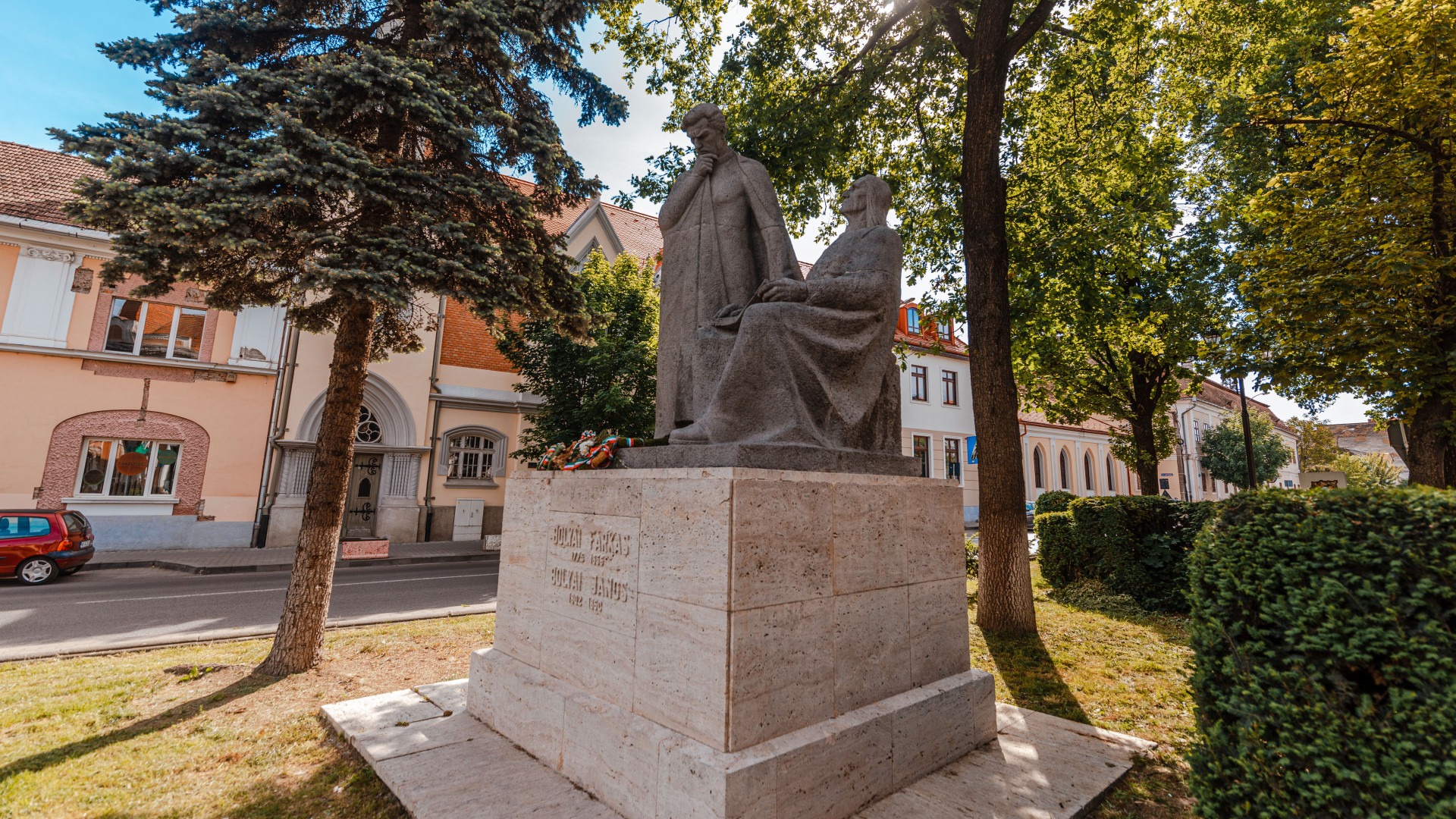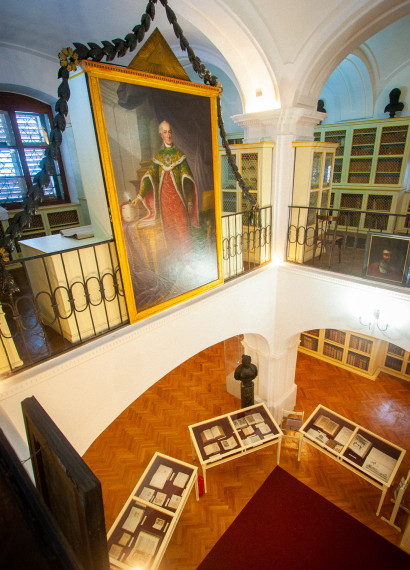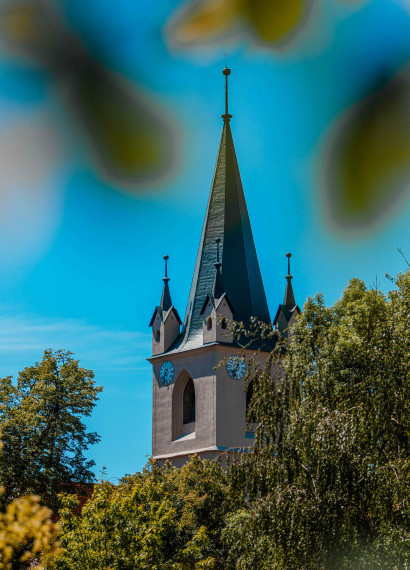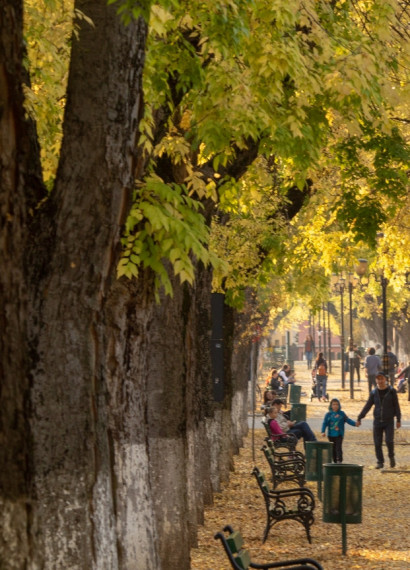- Home
- Târgu Mureș
- Built heritage
- Castles, Citadels, Architectural Curiosities
- „Bolyai” building - Târgu Mureș
„Bolyai” building - Târgu Mureș
The origins of this educational institution are closely linked to the Reformation and to European humanism, coinciding roughly with the beginnings of the Principality of Transylvania — a time when new intellectual movements were spreading across Central and Western Europe.
We also recommend...
Nearby...

Coffee
-
-
2 Places
-
Strada George Enescu 2, Târgu Mureș
- 0771 456 367
- http://bit.ly/2R8eayi112
-
Str. Bolyai nr. 3/4 Târgu Mureș
- 0040 745 940 635
- http://bit.ly/2AeCOpSdonuterie


Coffee
-
112 coffee & co.
-
Strada George Enescu 2, Târgu Mureș
- 0771 456 367
- http://bit.ly/2R8eayi112
-
-
ham & jam
-
Str. Bolyai nr. 3/4 Târgu Mureș
- 0040 745 940 635
- http://bit.ly/2AeCOpSdonuterie
-

Restaurant
-
-
12 Places
-
Piata Victoriei nr. 24 Târgu Mureș
- 0743 058 634
- https://www.facebook.com/casamuresana/
-
Ogra, nr. 466, Jud. Mureș
- 0040 747 049 819
- https://www.facebook.com/castelhaller/
-
Piața Trandafirilor (Rózsák tere) nr. 53. Târgu Mureș
- 0770 816 158
- https://www.facebook.com/countrybreadms/
-
Str. Gheorghe Doja nr. 27 Târgu Mureș
- 004 0365 424 442
- http://www.privo.ro/restaurant-terasa-bar/
-
Str. Crinului, nr. 4, Târgu Mureș
- 0040 265 262 072
- http://bit.ly/2S6CPn3Lapiazzetta
-
Str. Gheorghe Doja nr. 51 Târgu Mureș
- 0725 215 610
- http://pensiunea-passion.ro/restaurant.html
-
Str. Scaricica, nr.1 Târgu Mureș
- 0040 725 510 511
- http://bit.ly/2Q9CBhVpetrybistro
-
Piața Trandafirilor (Rózsák tere) nr. 46-47. Târgu Mureș
- 0040 365 730 000
- https://www.facebook.com/PlazaVHotel/
-
Str. Bolyai nr. 19 Târgu Mureș
- 0770 454 172
- https://www.facebook.com/tekabistro/
-
Str. Morii nr. 17 Târgu Mureș
- 0753 025 433
- http://www.tempo.ro/
-
Bulevardul 1 Decembrie 1918, nr. 171,Târgu Mureș
- 0365 455 788
- https://thaikitchen.ro/
-
Str. Revolutiei, nr. 29 Târgu Mureș
- 0040 365 455 678
- https://www.facebook.com/Vintagepizzaclubmures/


Restaurant
-
Casa Mureșană
-
Piata Victoriei nr. 24 Târgu Mureș
- 0743 058 634
- https://www.facebook.com/casamuresana/
-
-
Castelul Haller
-
Ogra, nr. 466, Jud. Mureș
- 0040 747 049 819
- https://www.facebook.com/castelhaller/
-
-
Country Bread Bistro
-
Piața Trandafirilor (Rózsák tere) nr. 53. Târgu Mureș
- 0770 816 158
- https://www.facebook.com/countrybreadms/
-
-
Hotel Privo
-
Str. Gheorghe Doja nr. 27 Târgu Mureș
- 004 0365 424 442
- http://www.privo.ro/restaurant-terasa-bar/
-
-
La Piazzetta
-
Str. Crinului, nr. 4, Târgu Mureș
- 0040 265 262 072
- http://bit.ly/2S6CPn3Lapiazzetta
-
-
Passion
-
Str. Gheorghe Doja nr. 51 Târgu Mureș
- 0725 215 610
- http://pensiunea-passion.ro/restaurant.html
-
-
Petry Bistro - Grill & Wine
-
Str. Scaricica, nr.1 Târgu Mureș
- 0040 725 510 511
- http://bit.ly/2Q9CBhVpetrybistro
-
-
Plaza
-
Piața Trandafirilor (Rózsák tere) nr. 46-47. Târgu Mureș
- 0040 365 730 000
- https://www.facebook.com/PlazaVHotel/
-
-
Teka Bistro
-
Str. Bolyai nr. 19 Târgu Mureș
- 0770 454 172
- https://www.facebook.com/tekabistro/
-
-
Tempo / Laci's Csarda
-
Str. Morii nr. 17 Târgu Mureș
- 0753 025 433
- http://www.tempo.ro/
-
-
Thai Kitchen
-
Bulevardul 1 Decembrie 1918, nr. 171,Târgu Mureș
- 0365 455 788
- https://thaikitchen.ro/
-
-
Vintage Pizza Club Mures
-
Str. Revolutiei, nr. 29 Târgu Mureș
- 0040 365 455 678
- https://www.facebook.com/Vintagepizzaclubmures/
-

Fast food
-
-
2 Places
-
Str. Gheorghe Doja nr. 64-69 Târgu Mureș
- 0040 758 109 914
- https://www.kfc.ro/
-
Str. Trandafirilor, Nr. 35-37, Târgu Mureş,
- 0372 700 836
- https://mcdonalds.ro/acasa


Fast food
-
Kfc Drive
-
Str. Gheorghe Doja nr. 64-69 Târgu Mureș
- 0040 758 109 914
- https://www.kfc.ro/
-
-
McDonalds
-
Str. Trandafirilor, Nr. 35-37, Târgu Mureş,
- 0372 700 836
- https://mcdonalds.ro/acasa
-
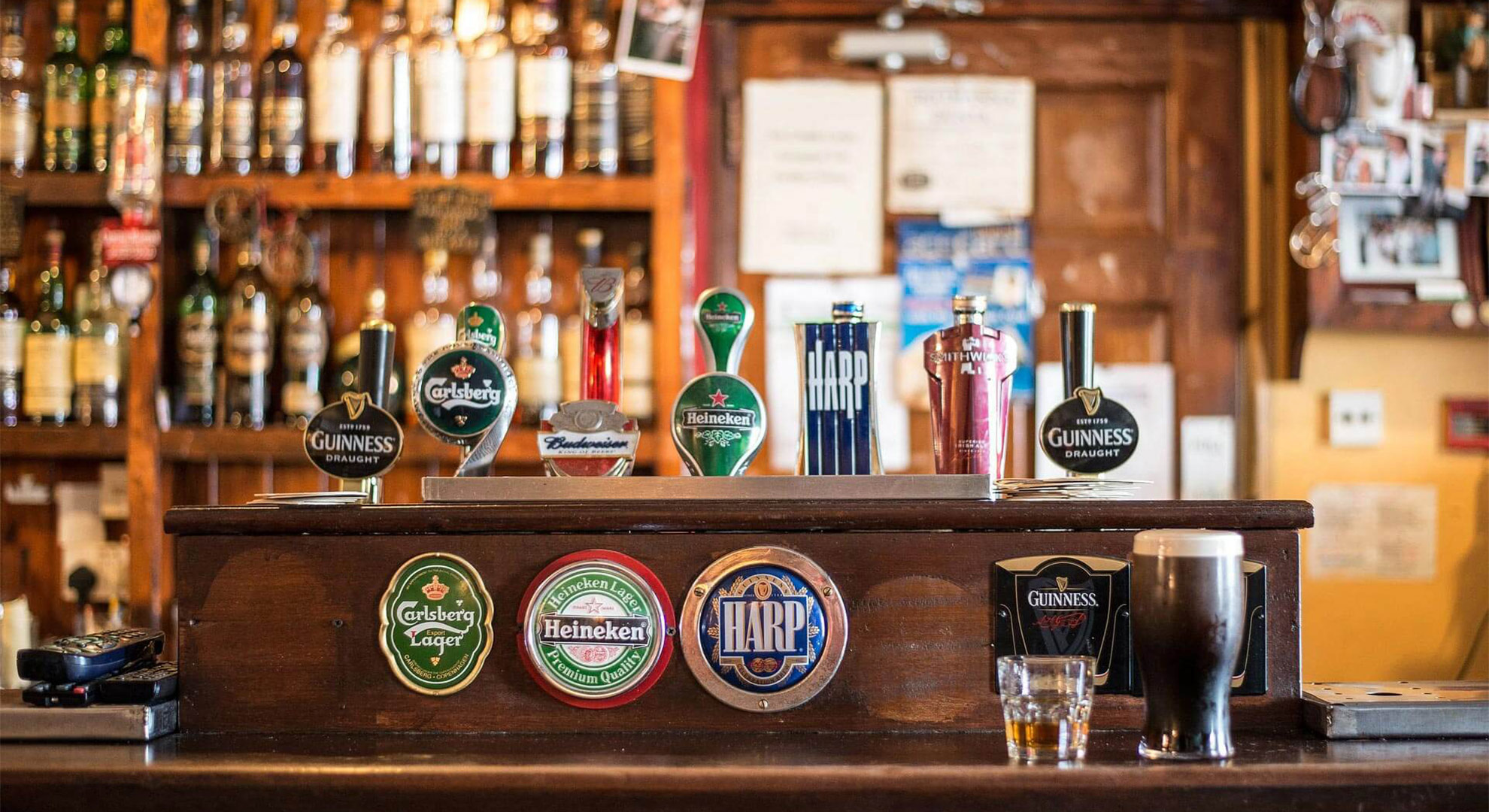
Bar
-
-
3 Places
-
Str. Bolyai nr. 3/14 Târgu Mureș
- 0770 704 332
- http://bit.ly/2DDd1v0minicafe
-
Str. Bolyai nr. 10 Târgu Mureș
- 0040 771 525 526
- http://bit.ly/2S3jcfypiafcafe
-
Str. Köteles Sámuel nr. 1 Târgu Mureș
- 0748 697 201
- https://www.facebook.com/cafetutun/


Bar
-
Mini
-
Str. Bolyai nr. 3/14 Târgu Mureș
- 0770 704 332
- http://bit.ly/2DDd1v0minicafe
-
-
Piaf
-
Str. Bolyai nr. 10 Târgu Mureș
- 0040 771 525 526
- http://bit.ly/2S3jcfypiafcafe
-
-
Tutun
-
Str. Köteles Sámuel nr. 1 Târgu Mureș
- 0748 697 201
- https://www.facebook.com/cafetutun/
-
